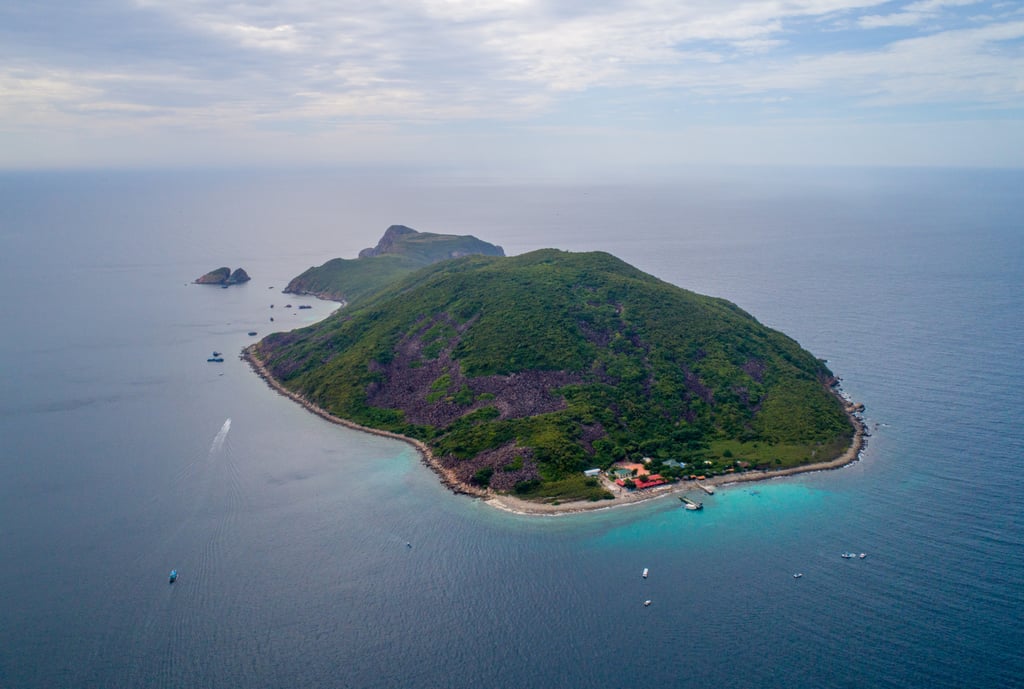Advertisement
Vietnam’s ‘coral grave’ at Nha Trang Bay a wake-up call on climate change destruction
- Just 1 per cent of Vietnam’s corals are in a healthy state while the rest face multiple threats to survival, say scientists
- Local activists are leading conservation efforts even as climate change, human activities continue to cause coral bleaching and decay
Reading Time:4 minutes
Why you can trust SCMP
2

Grim footage of dead corals at a Vietnamese marine reserve, as far as the eye can see, has reignited calls for better environmental action as even a two-year pandemic pause in tourism has done little to help the ecosystem recover.
Last month, pictures and videos of dead coral stretching hundreds of square metres at Hon Mun Island struck the public’s nerve and prompted local authorities to restrict swimming and diving in the marine reserve until it fully inspected the area. The dead reef is situated in Nha Trang Bay, the first of 16 Marine Protected Areas in Vietnam.
The worrying sight, dubbed a “coral grave” by local media, highlights the extent of environmental destruction in Vietnam from man-made action, natural disasters and the effects of climate change.
“Nha Trang [coral reef] was damaged before the pandemic. The decay took place over a long period of time, not suddenly. We survey every year, and we see the decay every year,” said Chien Le, founder of Sasa Marine Animals Rescue Centre, an NGO that revives damaged coral reefs and rescues stranded marine animals on Vietnam’s central coast.

Causes of damage
The Standing Committee of Khanh Hoa Provincial Party Committee, which oversees Nha Trang province, in a June 20 report attributed the coral bleaching to the accumulated effect of factors such as climate change and the impact of storms in recent years.
Advertisement